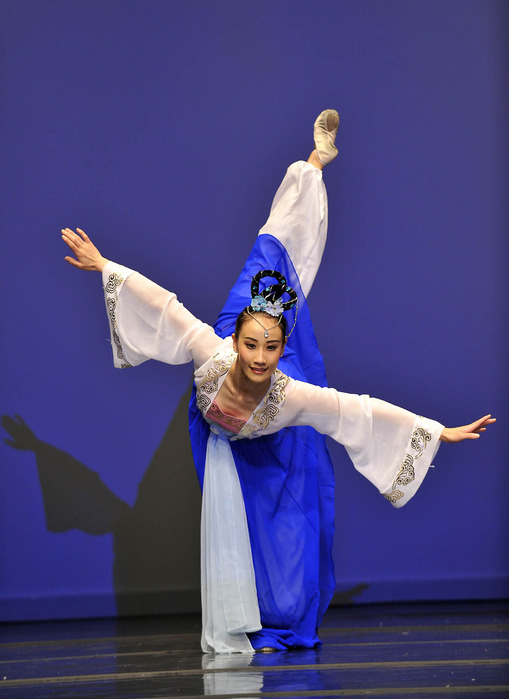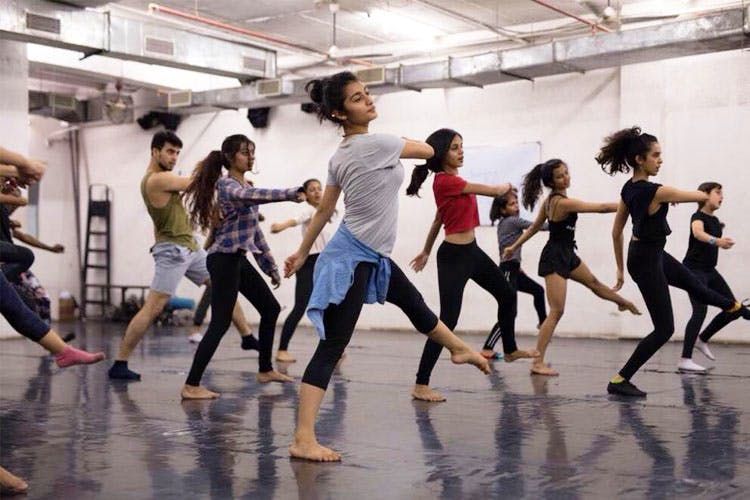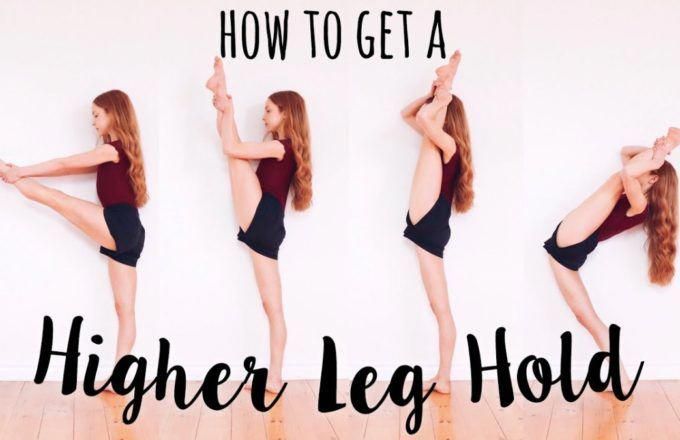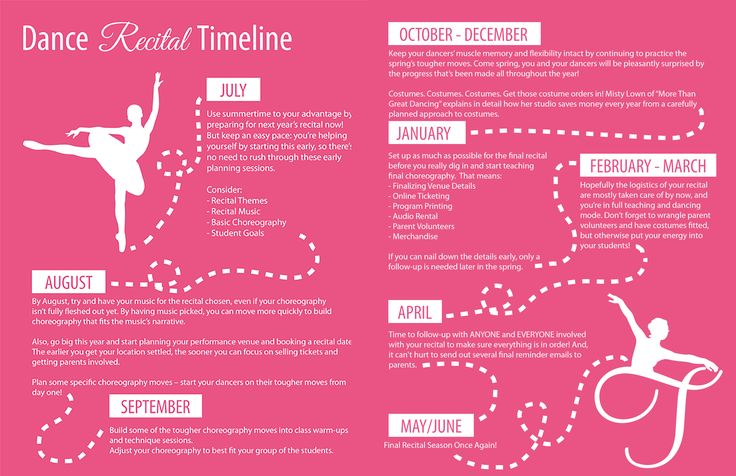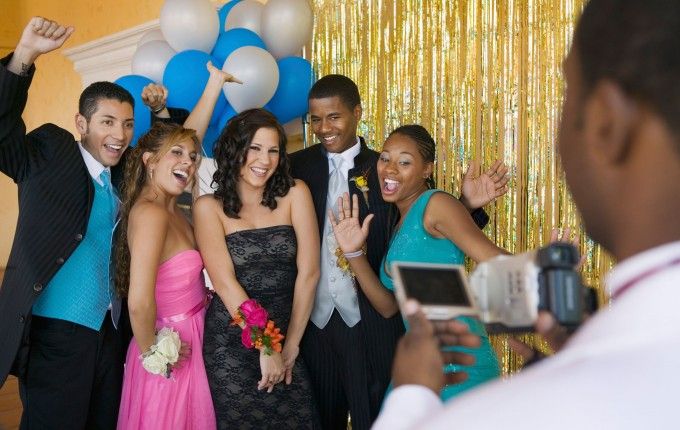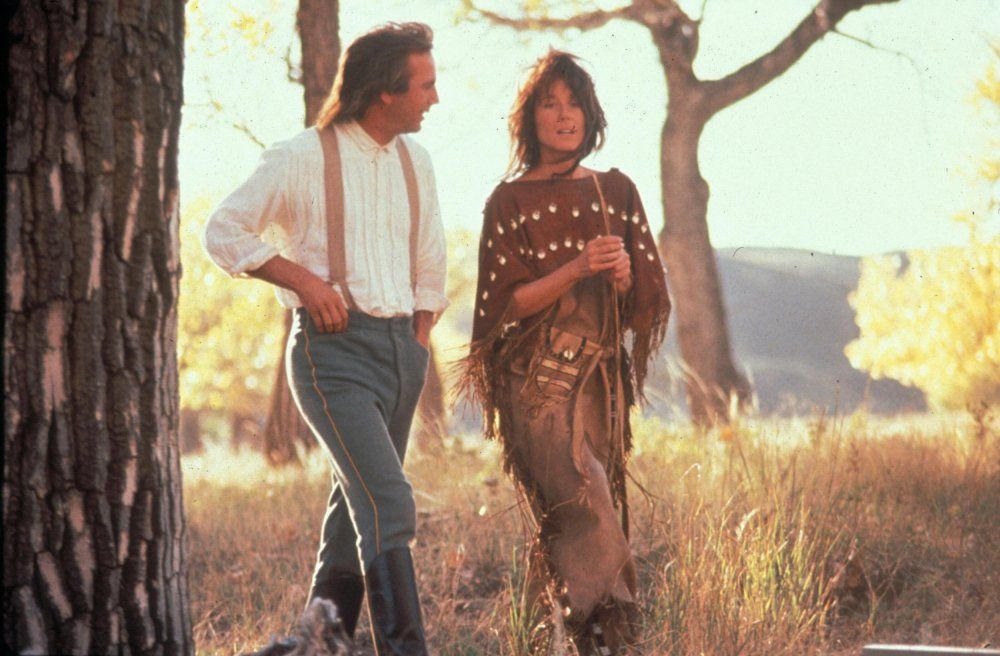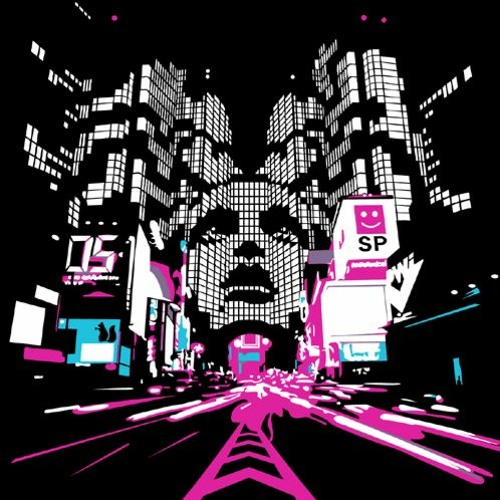How do dancers learn choreography so fast
5 Dance Tips For Picking Up Choreography Fast
Being able to pick up choreography fast is something you can train and get better at.
So even if you feel defeated from not being able to keep up and falling behind in class, don't lose hope!
Use these tips each time you learn a piece and you'll notice how you're able to pick up choreography fast, without trying as hard.
1. DON'T watch the choreographer
Do you have a habit of staring straight at the choreographer when you learn, mirroring their moves every time they demonstrate?
And then, once you dance without them, you probably feel lost and confused.
In order to pick up choreography fast, you have to get your body to get used to the movement.
Learn with your eyes, but practice with your body.
This means studying the choreographer first to properly understand their movement, execution, and timing, but not relying on them to regurgitate the piece.
Push yourself to reduce the amount of times you watch the choreographer before you try it without watching them.
You'll start to pick up choreography fast by taking the training wheels off (not watching the choreographer) earlier in the class.
2. Mess up, then move on
The choreographer is in control and sets the pace of things in a class, but sometimes you can’t keep up.
Maybe there’s that one move or combo that keeps messing you up.
Which makes you keep reviewing it again and again, missing the next move, and then the next...
We have a tendency to be fixated on trying to execute every single move perfectly, but sometimes you have to settle for “close enough” and move on.
You can always come back and improve upon it later.
Go over what you need in between gaps of instruction to make the most of your time, but don’t let it stop you from learning the rest of the piece.
3. Don’t dance and
just watchThis is a little counter-intuitive... Don’t dance?? In a dance class?????
However, sometimes there are details your eyes can catch that the choreographer won't explicitly teach.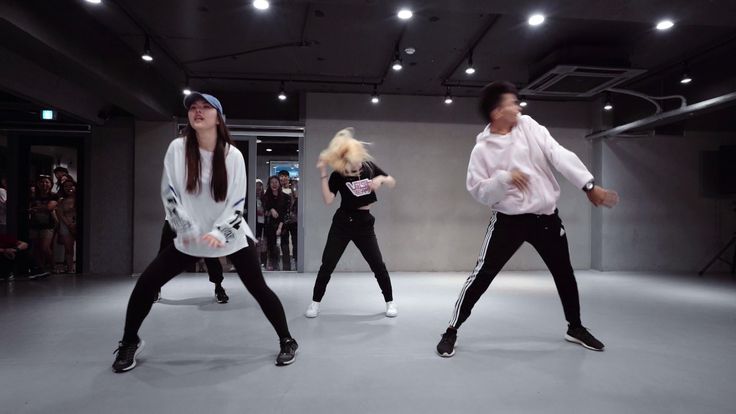
If they were to explain every single little detail you’re supposed to be executing, then classes would take days.
So catch your breath for a second and really watch what the choreographer is doing.
Not only will you pick up choreography fast, you'll learn to embody the mood, timing, and character much better – which are more important than the exact body placements, anyway.
4. Take multiple classes in a day
When it comes down to it, the ability to pick up choreography fast does require your brain to do some training. Taking multiple classes is a huge strain mentally and physically, and that's the exact how it teaches you to pick up choreography fast.
Don't live around any studios? No worries. Here's How To Learn Dance With No Dance Classes In Your Area
5. Expose yourself to more styles of dance
There are those moments when you get stuck on a move that everyone else seems to get. ..
..
Maybe it's a Loose Leg or a Hip Hop groove – but you’re not trained in that style.
In order to pick up choreography fast, it helps to have an expansive range of dance vocabulary.
Being comfortable with moves from different styles will make it much easier to pick up choreography fast because those moves are already ingrained in your muscle memory!
So practice and perfect any moves you come in contact with, because you’ll never know when they’ll come up in another combination.
Clay and Jessie give more tips on how to pick up choreography fast – watch this video!
Did these help you out? Have your own tips to learn choreography faster? Leave a comment below!
16 Spot-On Tips To Help You Learn Dance Combinations Faster
Every dancer I know wants to be better and faster at remembering dance combinations and movement phrases.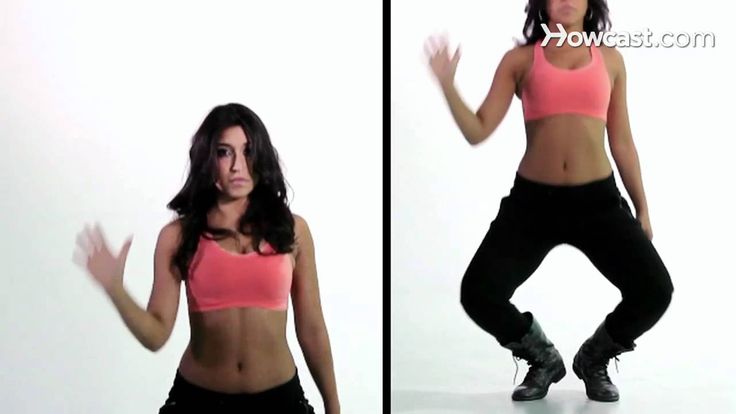 Some dancers are astonishingly good at it without really trying. – sigh – We all have our gifts.
Some dancers are astonishingly good at it without really trying. – sigh – We all have our gifts.
If you aren’t one of the dancers with this particular gift, learning new choreography in dance class or auditions can be a frustrating experience. Here are 16 of our best secrets for improving your accuracy when you’ve got to get the movement down and make it stick right away. The first 12 include tricks to try in the moment and the final four are strategies that will help you get better in time.
With some work (we won’t pretend it’s always easy), you’ll look like one of the gifted… our present to you. 😉
Focus first
If you know you are going to be learning new choreography, warm-up your brain for the mental workout. Like a physical warm-up, the needs are different for everyone and every situation but try centering yourself with some deep breathing to improve your performance. You might also try focusing techniques like counting backward without letting your mind wander, visualizing an object or movement with full concentration for several minutes, or repeating a positive or inspiring word over and over to yourself.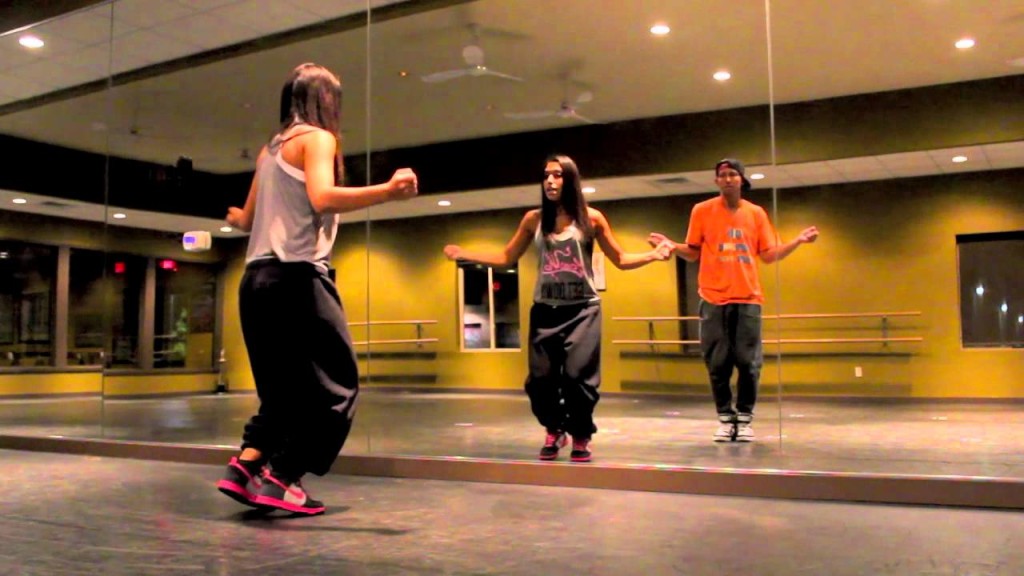
Don’t bite off more than you can chew
We learn and memorize best when we “chunk” or break a long string of details (like a phone number or dance phrase) into sections. The choreography will probably be taught in chunks but if these seem more than you can handle, mentally break it into even smaller pieces for easier digestion.
Close enough, keep moving
Don’t get sucked into the nitty-gritty vortex before you’ve got the overall picture. You’ve got to focus on the big broad strokes of the movement like pathway, facings, or patterns first. Then, move on, working toward perfecting the trouble spots and the specifics like head focus, hand positioning, and intricate footwork.
Stop, look, instant replay
Particularly if there are several direction changes, it’s hard to watch and do at the same time. On the first demonstration, you can try simply watching only. Then, try the choreography on the next run-through. Or, if you keep missing something, stop for a second, watch the instructor very carefully and then see if you can replay it in your mind before running it again.
Slow down time
This one’s a bit of a mental trick. Try picturing the movement you’ve been given in slow motion. Even as you watch in real-time, imagine that it’s happening at a much slower speed – one that allows you to capture all of the details. Another option: If you can, take a few moments to yourself to slow down a step if it feels too fast and gradually work it back up to tempo.
Think simple
Even complex choreography can be mentally simplified. If the steps or weight transfers are a sticking point, talk yourself through it in simple terms like “right, left, right-and-left,” or reduce the movement to basic body parts – “arm, leg, hip, hip, elbow.”
Put it on a loop
Repetition is crucial but in addition to practicing full-out you can put the combination or your trouble spots on repeat in your head or by marking the movement when you’re on the sidelines. If you want to learn the choreography quickly, you have no time for a mental nap. Don’t miss an opportunity to practice by talking to your neighbor, getting distracted, or zoning out.
Don’t miss an opportunity to practice by talking to your neighbor, getting distracted, or zoning out.
Go full out
Marking movement is helpful when you are waiting your turn or when you are focusing on watching to gather more information. At all other times, do the choreography full out. That’s the only way it’s really going to “stick”.
Make a mental map
Every combination has its peaks, valleys, pathways, and landmarks. Mentally map these places in the choreography and then just keep traveling the same route from one destination to the next.
Say it to yourself
Connect your movements to words, labels or keywords, lyrics, rhythms, or sounds. The instructor has probably already been doing some of this as he/she teaches the combination but make your own connections, too. Even when the external prompting stops, keep cuing yourself using your internal voice. If you tend to be an auditory learner, it may even help if you do this out loud (but quietly, so you won’t disturb others).
Use the power of touch
You are already relying a lot on your eyes, ears, and your kinesthetic/proprioceptive (body) senses when learning a combination but, for some people, touch can also be a powerful memory tool. Think about it – your teachers use touch all the time to direct and give you cues, and you remember this touch as you go forward on your own. Help yourself in the same way – before you start dancing, tap the leg you keep forgetting to step with or touch the shoulder you need to remember to turn toward.
Tear your eyes away
This is probably the most important tip because it’s essential but often overlooked by dancers, especially when their confidence is low (more on that in a second).
After you’ve been given the movement and absorbed as much detail as you can, EYES OFF! Take your eyes off the instructor and other dancers to break the brain-suck connection.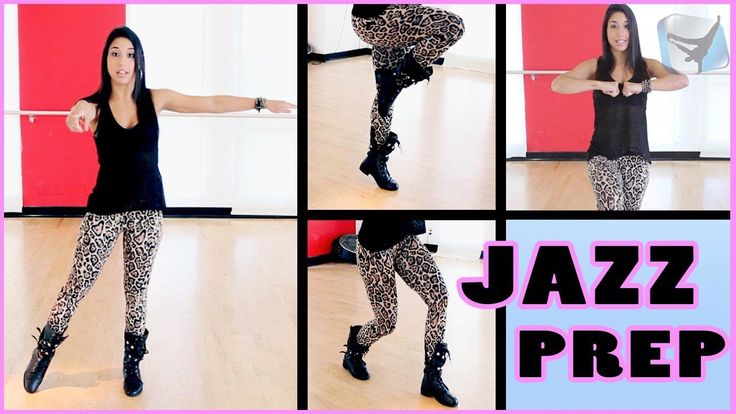 In fact, wean yourself away from any visual cues and concentrate and rely instead on the internal ones you’re developing – your thoughts, how something feels, which chunk follows that chunk, where you are on your mental map and not where you are in the room, etc.
In fact, wean yourself away from any visual cues and concentrate and rely instead on the internal ones you’re developing – your thoughts, how something feels, which chunk follows that chunk, where you are on your mental map and not where you are in the room, etc.
All of the next steps are about developing your skill and confidence before you need to call upon them to learn a dance combination quickly.
Ditch “Negative Nelly” or “Negative Nelson”
Negative self-talk – letting fear and negativity rule, psyching yourself out, comparing yourself to others. If you’ve made a habit of these things in your daily life or dance classes, don’t think you’ll just be able to drop your pessimistic pal at the curb before your next class or audition. Keep inviting the negative along and it’ll start to show up even when you don’t want it, least expect it, or while you’re trying to learn that darn dance choreography.
Expand your dance vocabulary
Often the trouble with learning new things is just that they’re new.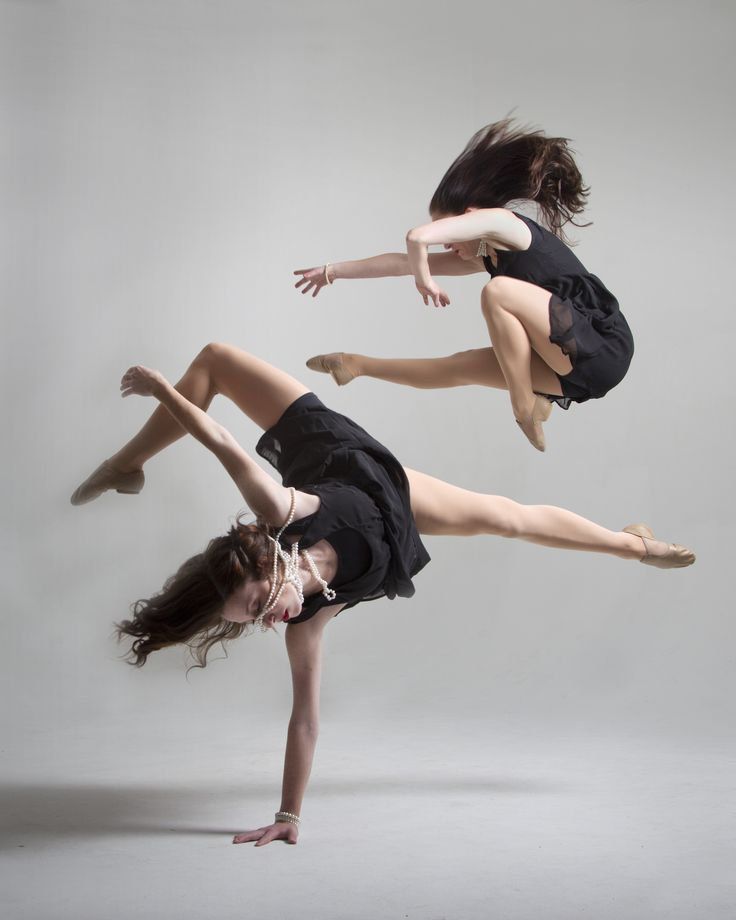 The more experience you have in a variety of dance forms, styles, teachers, choreographers, the less likely you’ll be surprised by the unfamiliar. So take dance classes on vacation, go to intensives, conventions and workshops, practice improvisation, see more dance, and find other ways to activate your brain and body.
The more experience you have in a variety of dance forms, styles, teachers, choreographers, the less likely you’ll be surprised by the unfamiliar. So take dance classes on vacation, go to intensives, conventions and workshops, practice improvisation, see more dance, and find other ways to activate your brain and body.
Use every opportunity
Don’t waste the opportunity to regularly practice the skill of picking up combinations. It comes along every time you take class, whether memorizing a ballet exercise or taking on a new time step. It takes discipline. Challenge yourself to be faster and more accurate at learning the choreography than you were the last time.
Play memory games
The Add-On Game – This is the game where one dancer starts with a movement, then the next dancer builds onto that movement by adding another one. Each dancer in the circle or in the room quickly adds their own movements in turn. Everyone dances the sequence as it grows, forcing each dancer to try to remember what comes next.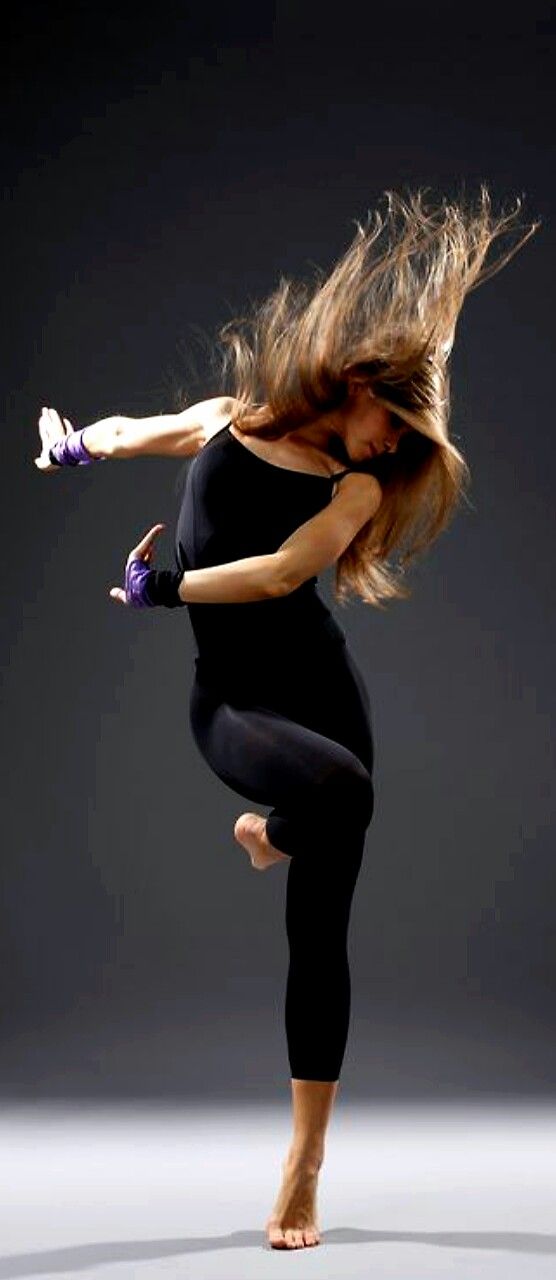
Watch and Learn – Have your instructor or another dancer show you a new movement phrase in full, without stopping. Watch carefully (you can mini-mark the movement if you need to) and then see how much you can accurately recall and perform. It may not be much the first time. Then, have them repeat it the same way and make your attempt again. It’s a challenge but great practice, and you can keep challenging yourself with longer or more difficult combinations.
YouTube Roulette – As we learned in How I Help Students Pick Up Combinations Faster, video is a great memory tool. Randomly select dance videos on YouTube and challenge yourself to learn the choreography without a ton of pausing and rewinding. Since the video is likely shot from the front you can challenge yourself to learn things on the correct side, or reverse it by mirroring. Either way, you’ll get practice outside of class with this technique.
What’s Next? – This game is similar to Watch and Learn except the new choreography is shown in full 3 times in a row.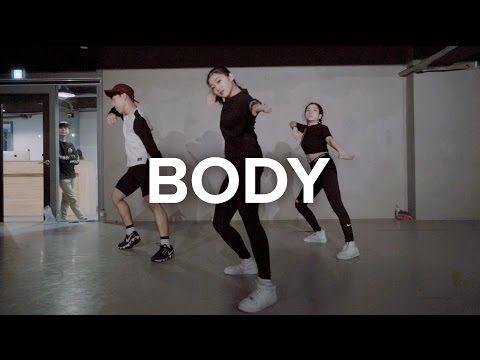 After seeing it repeated, the choreography is performed once more but the dancer pauses and asks, “what’s next?” See if you remember it right. Some variations on this game: use dance videos to play this solitaire, or have the instructor give the combination using just dance terminology without demonstration (yikes!).
After seeing it repeated, the choreography is performed once more but the dancer pauses and asks, “what’s next?” See if you remember it right. Some variations on this game: use dance videos to play this solitaire, or have the instructor give the combination using just dance terminology without demonstration (yikes!).
Do you have your own secrets and tricks to learn choreography faster? Share them in the comments!
“Sunflowers” by Rich Brooks is licensed CC BY 2.0. Text, graphics, and coloration added.
Kindly follow, like or share:
Nichelle Suzanne (owner/editor)
Nichelle Suzanne is a writer specializing in dance and online content. She is also a dance instructor with over 20 years experience teaching in dance studios, community programs, and colleges. She began Dance Advantage in 2008, equipped with a passion for movement education and an intuitive sense that a blog could bring dancers together. As a Houston-based dance writer, Nichelle covers dance performance for Dance Source Houston, Arts+Culture Texas, and other publications.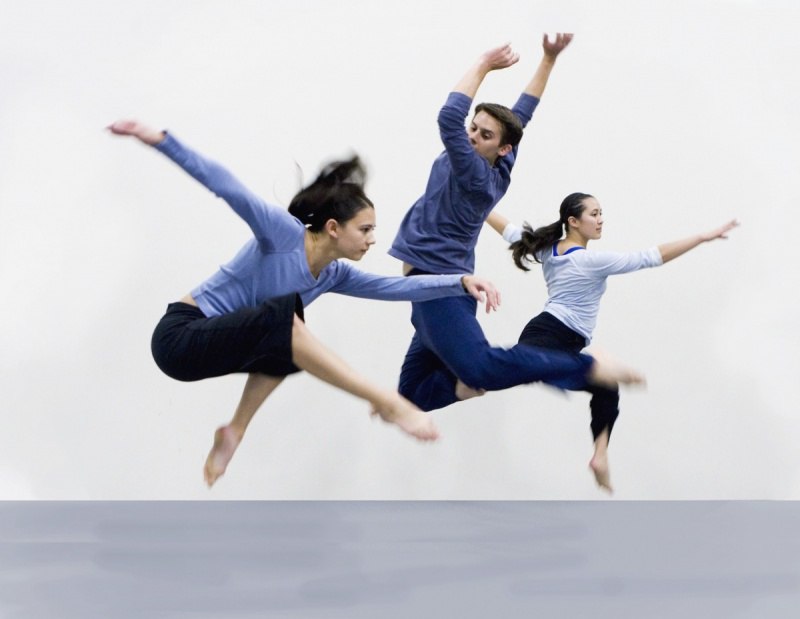 She is a leader in social media within the dance community and has presented on blogging for dance organizations, including Dance/USA. Nichelle provides web consulting and writing services for dancers, dance schools and studios, and those beyond the dance world. Read Nichelle’s posts.
She is a leader in social media within the dance community and has presented on blogging for dance organizations, including Dance/USA. Nichelle provides web consulting and writing services for dancers, dance schools and studios, and those beyond the dance world. Read Nichelle’s posts.
danceadvantage.net
How Dancing Develops Important Skills
We all have bad habits that become part of our lives when we allow them to happen from time to time. But repetition and a large dose of dedication and effort can also help us overcome these unwanted behavioral traits and develop new, better ones. In the educational setting, good mental habits that are encouraged by students are called "mind habits," or in Arthur L. Costa and Bena Kallik's informative volume Detecting and Studying Mind Habits call them "elements of good thinking", help people practice reasonable behavior.
Dance training can provide the right environment to support and develop excellent skills that will not only benefit dancers, but will prove necessary and useful in life.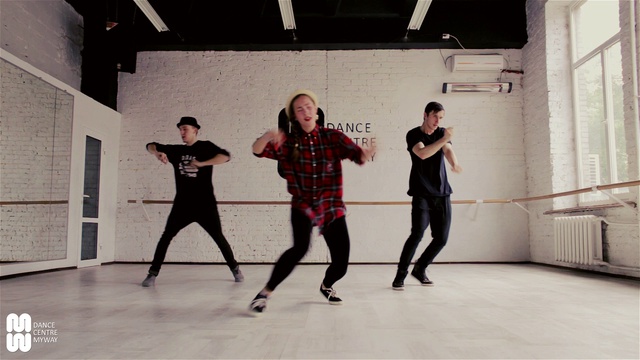 Here are 16 examples of qualities that dance can nurture:
Here are 16 examples of qualities that dance can nurture:
Creativity, imagination and innovation
First of all, they are the essence of dance and dance art. Through dance and choreography, students develop a unique way of personal artistic expression.
Persistence
Whether it's perfecting a particular movement in class or perfecting choreography, persistence is an absolutely essential part of dance education. Rehearsal - the frequent, even daily repetition of movements and combinations - constitutes one of the most fundamental principles of dance and teaches dancers how to focus on the task at hand.
Accuracy
Dance education forces students to strive for accuracy in many ways. During rehearsals, dancers are encouraged to become more aware and precise in their movements. This precision is very important for staging a clean performance, especially when there is more than one dancer on stage, it is the basis of synchronicity. The choreography process also involves constant attention to detail, which can be transferred to other non-dance activities.
Calculation
When performing a choreography, the dancer must constantly think ahead to the next step. In addition to improvisation, dancing helps a person develop the necessary planning skills.
Flexibility
Dancers learn to plan, think ahead and ponder - but they must also react quickly and spontaneously. In situations such as performances, dancers must think according to the situation, observe the circumstances and adapt accordingly. This mental flexibility encourages dancers to consider different strategies in approaching and solving problems outside the dance studio and off stage.
Applying past knowledge to new situations
Dancers learn to apply what they are taught in daily practice to their stage dancing as well as their choreographic endeavors. Through dance, students develop a life skill that links previous knowledge and experience with new knowledge and experience.
Reflection
Asking students to analyze their mistakes or the steps they have taken to create and solve problems in movements strengthens their analytical skills.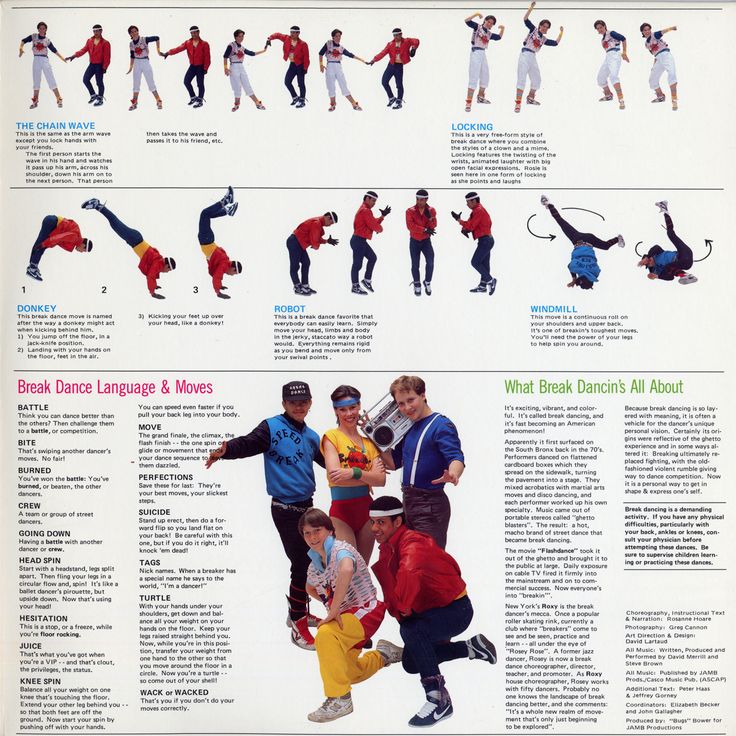 Ask them to explain to their peers how they came up with the dance routine and why they chose a particular way of organizing the dance material.
Ask them to explain to their peers how they came up with the dance routine and why they chose a particular way of organizing the dance material.
Teaching
Dance encourages students to ask questions, raise problems and solve these problems through movement. Many times these problems and solutions lead to other issues that need to be addressed.
Listening skills
Learning someone else's choreography requires dancers to be good listeners and learn from others while holding back their opinions. Realizing that the art of dance is purely personal, students are discovering that listening and then sharing ideas and discussing their ideas will help them not only understand what inspired a particular choreographer, but also how dance can communicate personal meaning for each individual.
Communication
Especially during the choreographic process, the dancers must clearly communicate basic information in addition to their personal thoughts and opinions.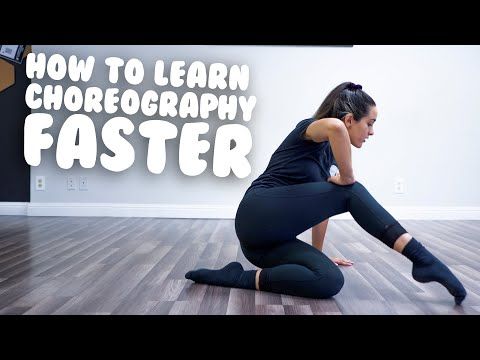 By expressing concrete as well as abstract ideas, students learn how to understand each other and present themselves to those who may or may not share those ideas.
By expressing concrete as well as abstract ideas, students learn how to understand each other and present themselves to those who may or may not share those ideas.
Teamwork
The choreographic process allows dancers to work and create together. By experiencing the benefits of blending mindsets first hand, students are able to feed off each other's ideas, generating new solutions in the process.
Sensitivity
Dancers become more engaged people when they use all of their senses to gather and channel information into their choreography. This deeper awareness of the senses enriches their dance and adds another dimension to the exploratory aspect of the dance art.
Enjoyment of the work done
You can see it in the smiles on their faces: when students manage to come up with a dance or solve a choreographic problem, they respond with surprise, awe and confidence. This keeps them open to the limitless possibilities of life. Love for the work you do is very important, as it helps a person to maintain inner balance and harmony.
Taking risks
Working with choreography and sharing it with peers and teachers enables students to accept all risks and mistakes. It goes without saying that not being afraid of failure is an important lesson in other areas of life as well.
Humor
Encourage students to dance not only about serious issues and ideas, but also about humorous topics. This will also give your students the opportunity to improve their mood and maintain emotional health.
Openness to learning in the future
Dancers' dedication to practice, rehearsal and performance instills in them the concept of lifelong learning. Whether in the field of dance or a completely different field, dancers are always ready to learn something new.
Article | We develop by dancing
“Dancing, of course, dancing!” - every second parent will hear such an answer to his question: “Which circle should I send my daughter to?” Although ... why a daughter? Dancing is one of the most favorite forms of physical activity for both children and adults - regardless of gender, age and temperament.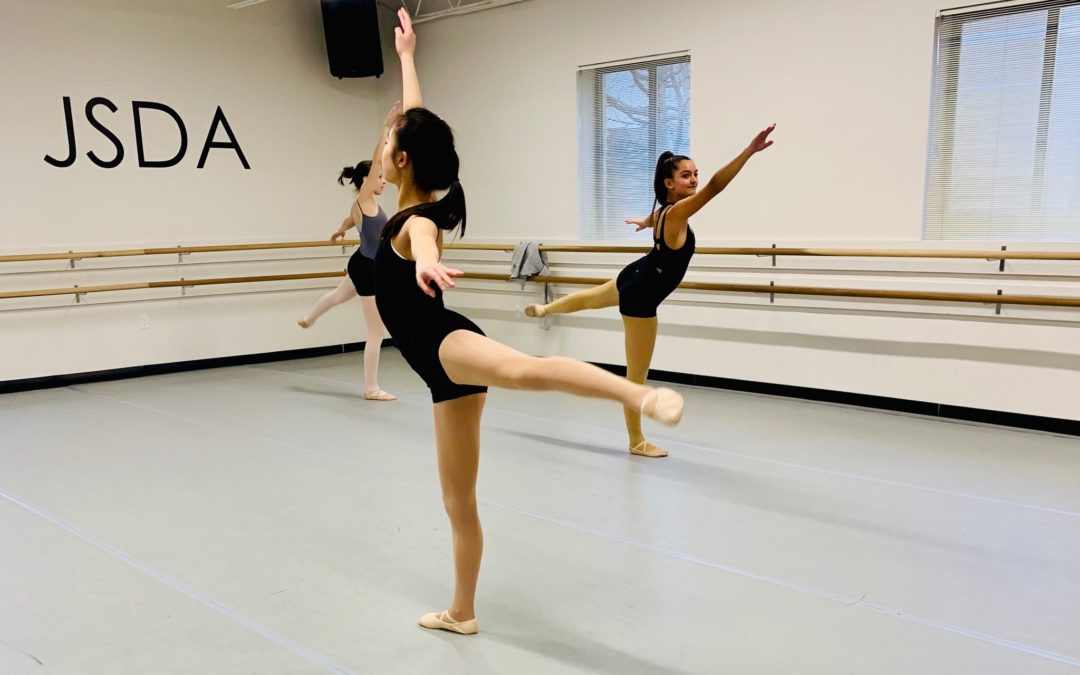 Dancing classes help not only to have a pleasant leisure time, but also contribute to physical and emotional development. The movement to the music will liberate the quiet, the fidget will be allowed to throw out energy, the melancholy child will be set in a positive way. Sergey Fursov, head of the school of inclusive art "Dancing House" , relying on his 17 years of experience working with a variety of children, including "special children", says with confidence: "Dancing is a great way to comprehensively develop a child.”
Dancing classes help not only to have a pleasant leisure time, but also contribute to physical and emotional development. The movement to the music will liberate the quiet, the fidget will be allowed to throw out energy, the melancholy child will be set in a positive way. Sergey Fursov, head of the school of inclusive art "Dancing House" , relying on his 17 years of experience working with a variety of children, including "special children", says with confidence: "Dancing is a great way to comprehensively develop a child.”
Movement develops the brain
Do you want your child to study better? Take him to the dance. After all, they develop the cerebral cortex. Have you heard about sensory integration, which is popular today? This is when information received from different sense organs is perceived by the brain as a single material, and not as separate fragments. Dancing is the best way to develop sensory integration, because during movement, additional interhemispheric connections are formed in the brain. The brain learns to respond differently to the environment, to quickly and adequately solve problems even in those areas that, at first glance, are not related to movement: reading, mathematics, writing, painting, etc.
The brain learns to respond differently to the environment, to quickly and adequately solve problems even in those areas that, at first glance, are not related to movement: reading, mathematics, writing, painting, etc.
“Movements during dancing are very diverse, so different parts of the brain are 'trained',” continues the head of the Dancing House. “Well-designed classes include rhythm, choreography, balance and coordination exercises, jumping and breathing exercises.”
We move more - we speak better
Have you noticed that the baby begins to coo when he moves his arms and legs? Does an older child often accompany his first steps with sounds? Movement is directly related to speech. Dance and music classes, especially for preschoolers, always include exercises and games that develop speech. These are elements of logorhythmics, tasks for developing a sense of rhythm, staging songs, onomatopoeic games, and various exercises from the arsenal of speech therapists. Children during the dance can sing children's songs and recite poems, accompany speech with movements.
Children during the dance can sing children's songs and recite poems, accompany speech with movements.
Dancing perfectly develops the sense of rhythm, which is so necessary for staging a speech. Tasks with musical instruments help with this: maracas, bells, drums and tambourines. And you can just clap, stomp melodies - at first simple, then more difficult.
And of course, the very atmosphere of the dance class creates a good emotional background for communication and speech development. In his dance group, the child will find many natural occasions for communication.
Movement helps to develop speech: improve pronunciation and communication skills. Dancing and music train the sense of rhythm - it is necessary to speak.
Turn on memory, attention and will
As you know, many modern children have a problem with concentration. Dancing will help the child become more collected and attentive. In the classroom, he is forced to constantly monitor the teacher, because if he misses something, the general dance will not work. And the classes themselves are structured in such a way that tasks are constantly changing, you need to “keep the thread” of what is happening, quickly respond, turn on.
And the classes themselves are structured in such a way that tasks are constantly changing, you need to “keep the thread” of what is happening, quickly respond, turn on.
Dancing is great for developing memory. Movements need to be memorized quickly, and then worked out and improved for months. This trains memory qualitatively, in depth: both visual and muscle. The child literally lives the dance with his body, while pronouncing the lyrics aloud or to himself.
The very situation of the lesson trains attention and memory: movements and melodies must be memorized! This helps multiple repetition, emphasis on objects, movements and sounds.
It's no secret that children who are serious about something have no problems with willpower. After all, it also needs to be developed! What is willpower? “This is the ability to overcome one’s laziness, set a goal and go towards it,” explains Sergey Fursov, “as well as endurance and the ability to make decisions.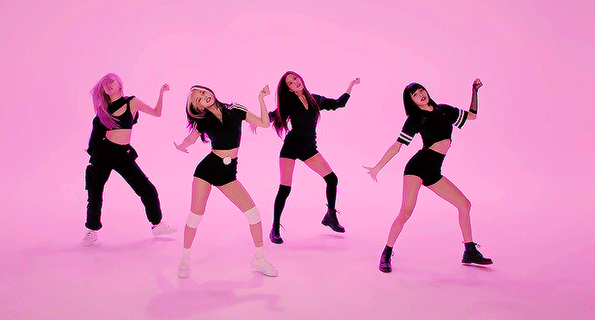 These most important qualities largely determine the personality of a person. Interestingly, they are formed at a very early age, starting from 2.5–3 years. Dancing is a group activity, here the child has someone to reach for. He is helped by the example of his peers, the authority of the teacher, the constant reminder that his role in the team is important and the success of the entire team depends on his work.
These most important qualities largely determine the personality of a person. Interestingly, they are formed at a very early age, starting from 2.5–3 years. Dancing is a group activity, here the child has someone to reach for. He is helped by the example of his peers, the authority of the teacher, the constant reminder that his role in the team is important and the success of the entire team depends on his work.
Explore the world by dancing
Dancing broadens the horizons of the child, because in these classes he can study many phenomena of the surrounding world: space and time, speed, height and width, colors and shapes, animals and plants, body parts, natural phenomena, feelings and emotions. Good teachers who work with both toddlers and older children do not force children to mindlessly repeat movements. They explain what is happening, what the team is studying, what the meaning of the dance is, its historical background and much more. And of course, dancing develops creative, imaginative thinking. At the lesson, game situations are created in which the child can improvise and fantasize, express his thoughts and feelings through movement.
At the lesson, game situations are created in which the child can improvise and fantasize, express his thoughts and feelings through movement.
The more diverse topics are raised in the classroom, the more concepts about the world around the child learns - this is how his horizons and erudition develop.
Physical development
The benefits of dancing for the body are undeniable, because children who regularly attend the circle, outwardly noticeably differ from other children. This is due to properly selected physical activity, due to which:
- all muscles are strengthened;
- posture acquires the correct position;
- the child becomes more resilient and flexible;
- improves blood circulation;
- vessels become more elastic;
- lungs fully expand.
The correct execution of the exercises is a necessary condition in order to achieve all the above qualities.
With a good trainer, it will not be difficult to learn the correct technique for performing exercises.
Development of communication skills
Due to the fact that most often children dance in groups, the benefits of dancing are also manifested in the fact that it allows you to train communication skills. As a result, after that, children can easily make new acquaintances in any environment.
As a rule, dancing involves teamwork, so it helps children learn to trust others and forgive their mistakes. In choreography lessons, children are also taught to control their facial expressions and gestures. These skills will no doubt be needed later in life.
The best age to start dancing
Dancing is exactly the kind of activity that can be done from the moment your baby starts walking. To date, there are many dance circles, where groups are recruited from the age of two. Of course, at this age, dancing will be more like walking to music, since the baby is not yet able to perform complex choreographic movements.
